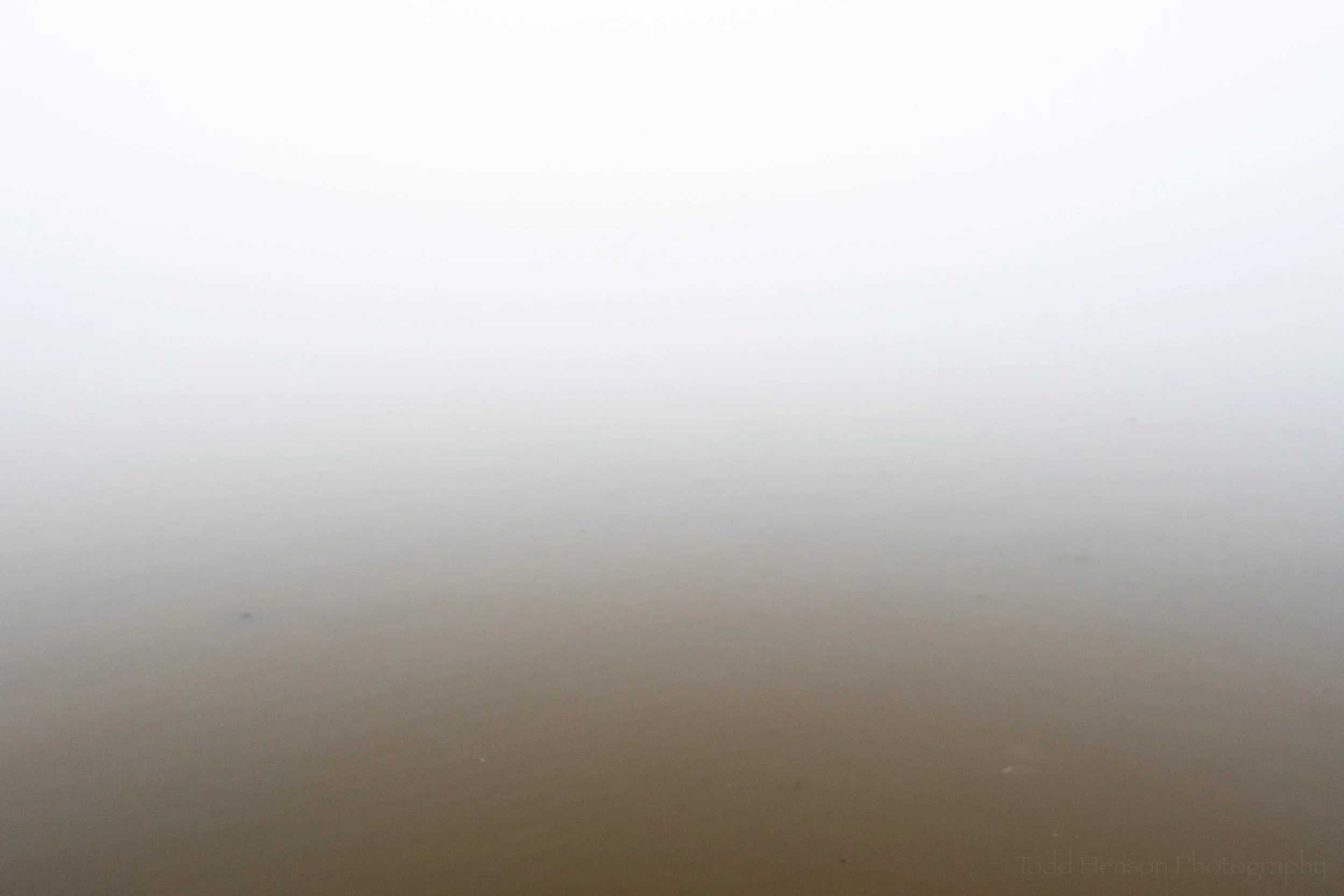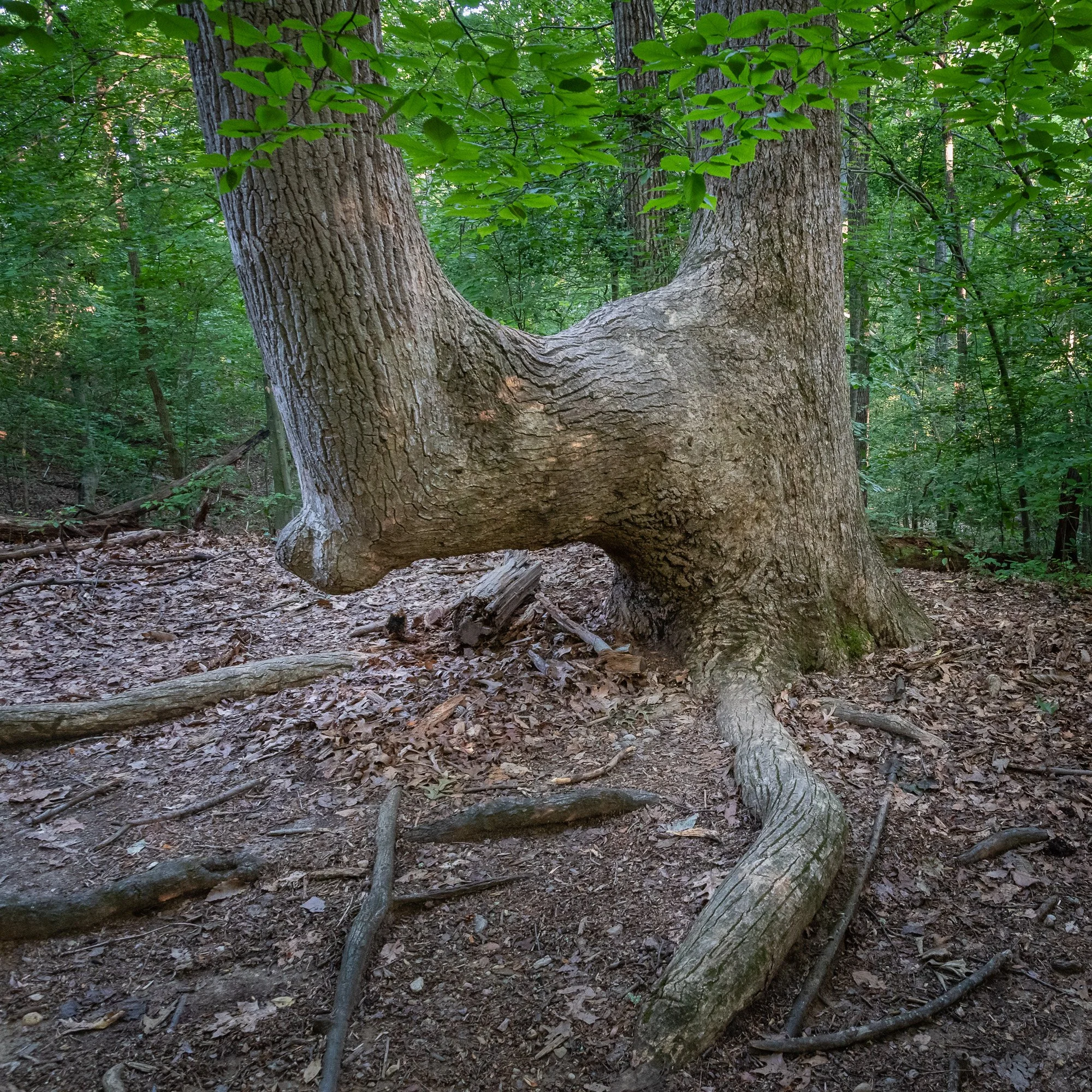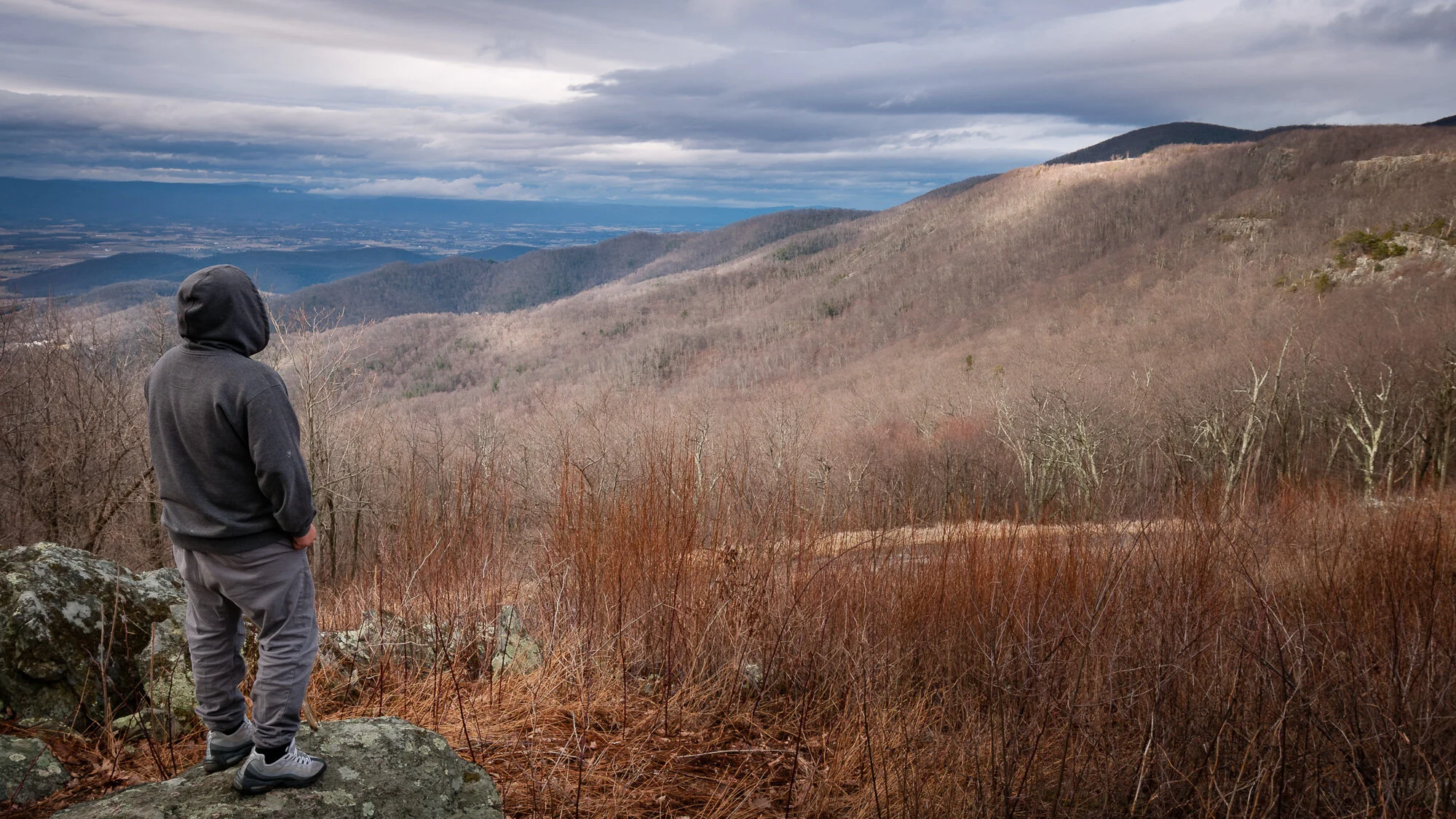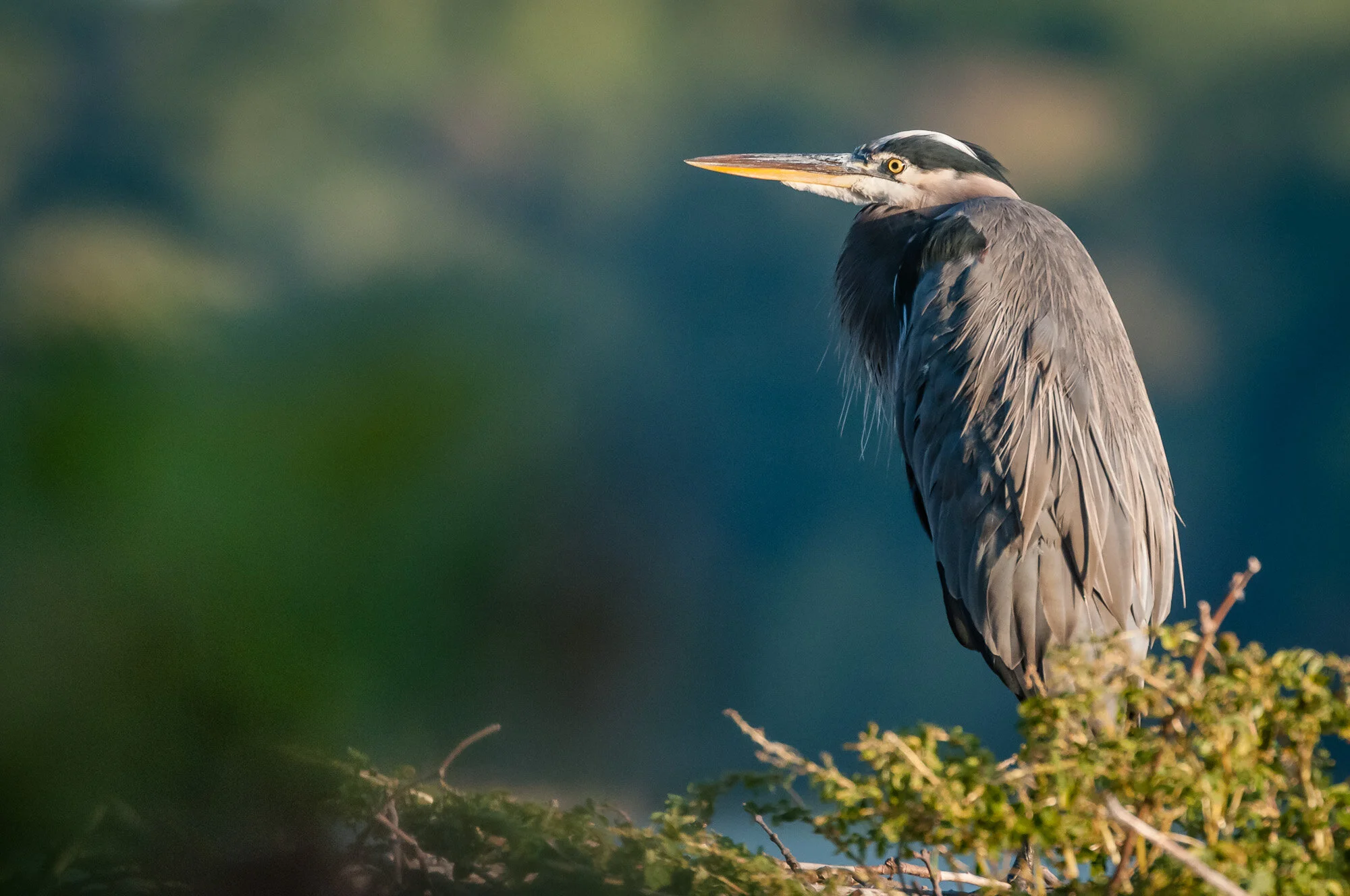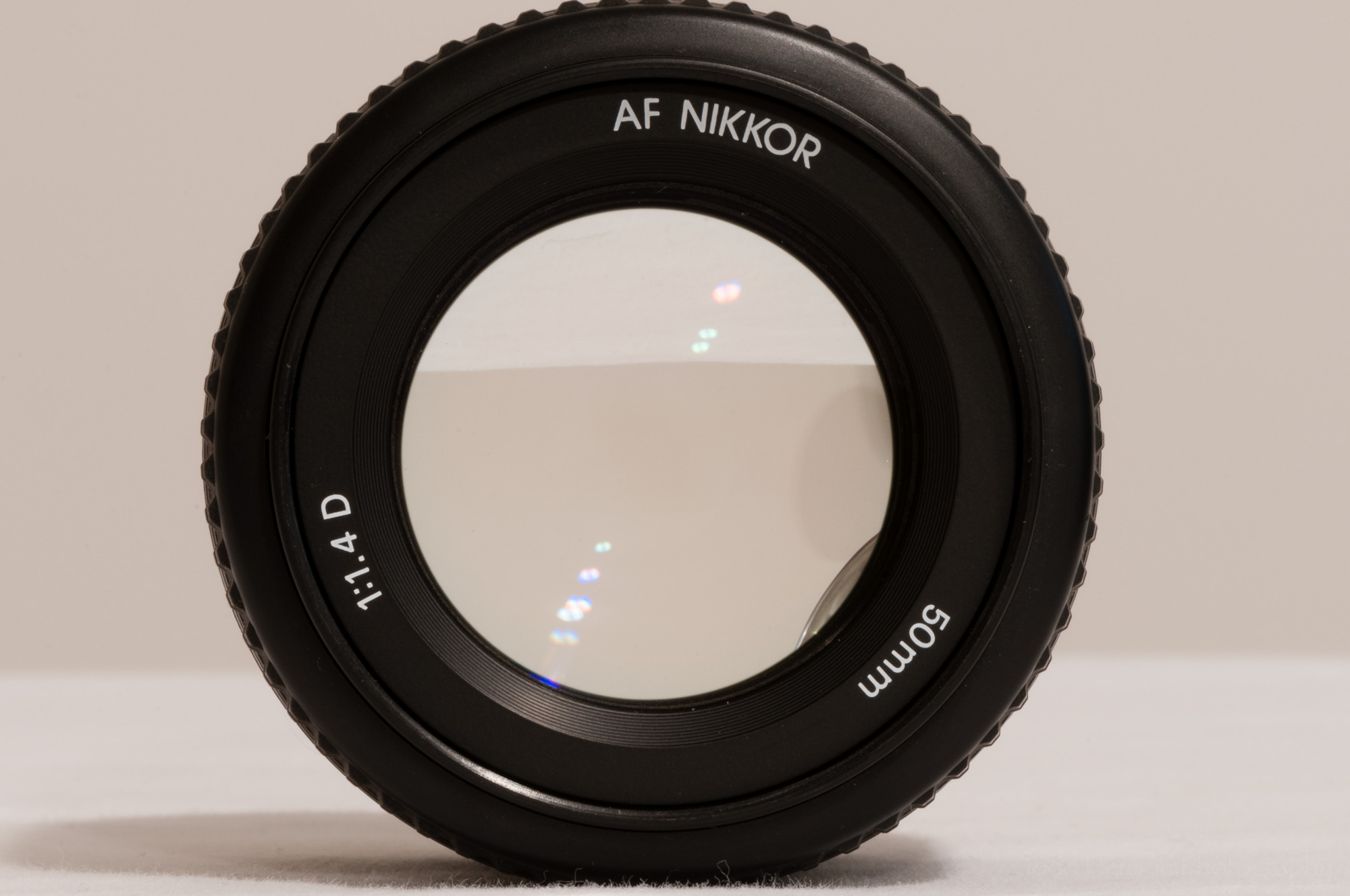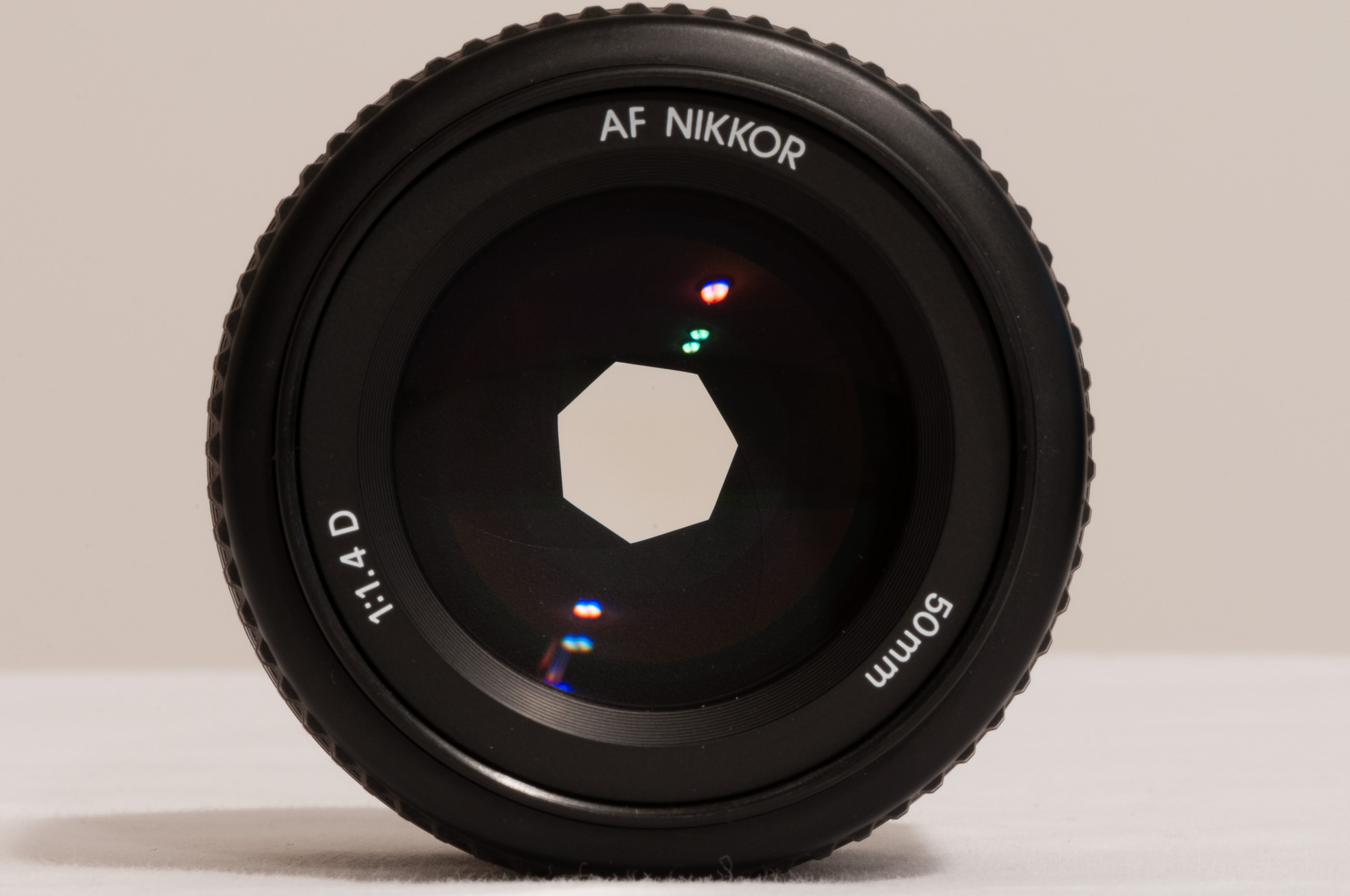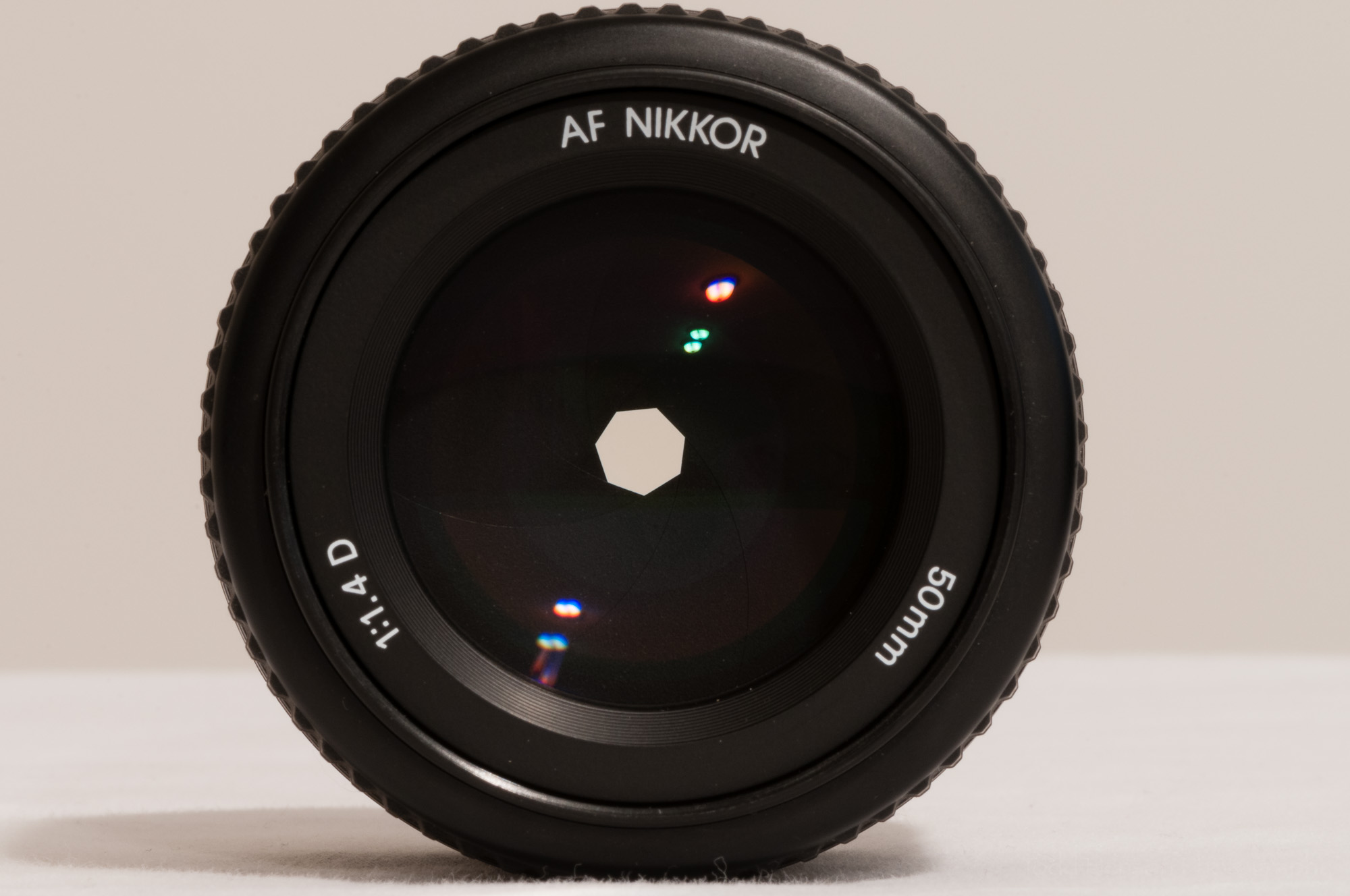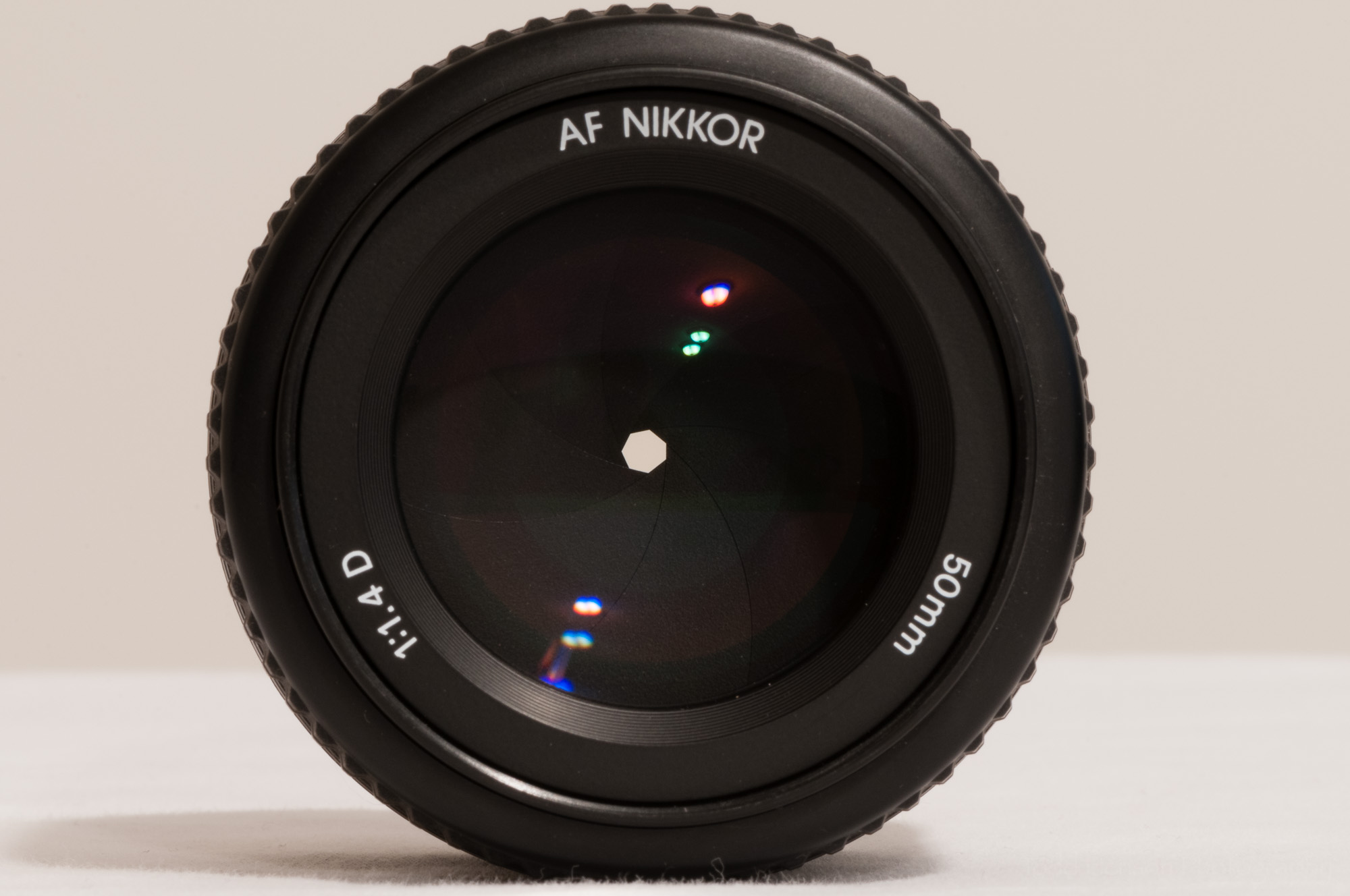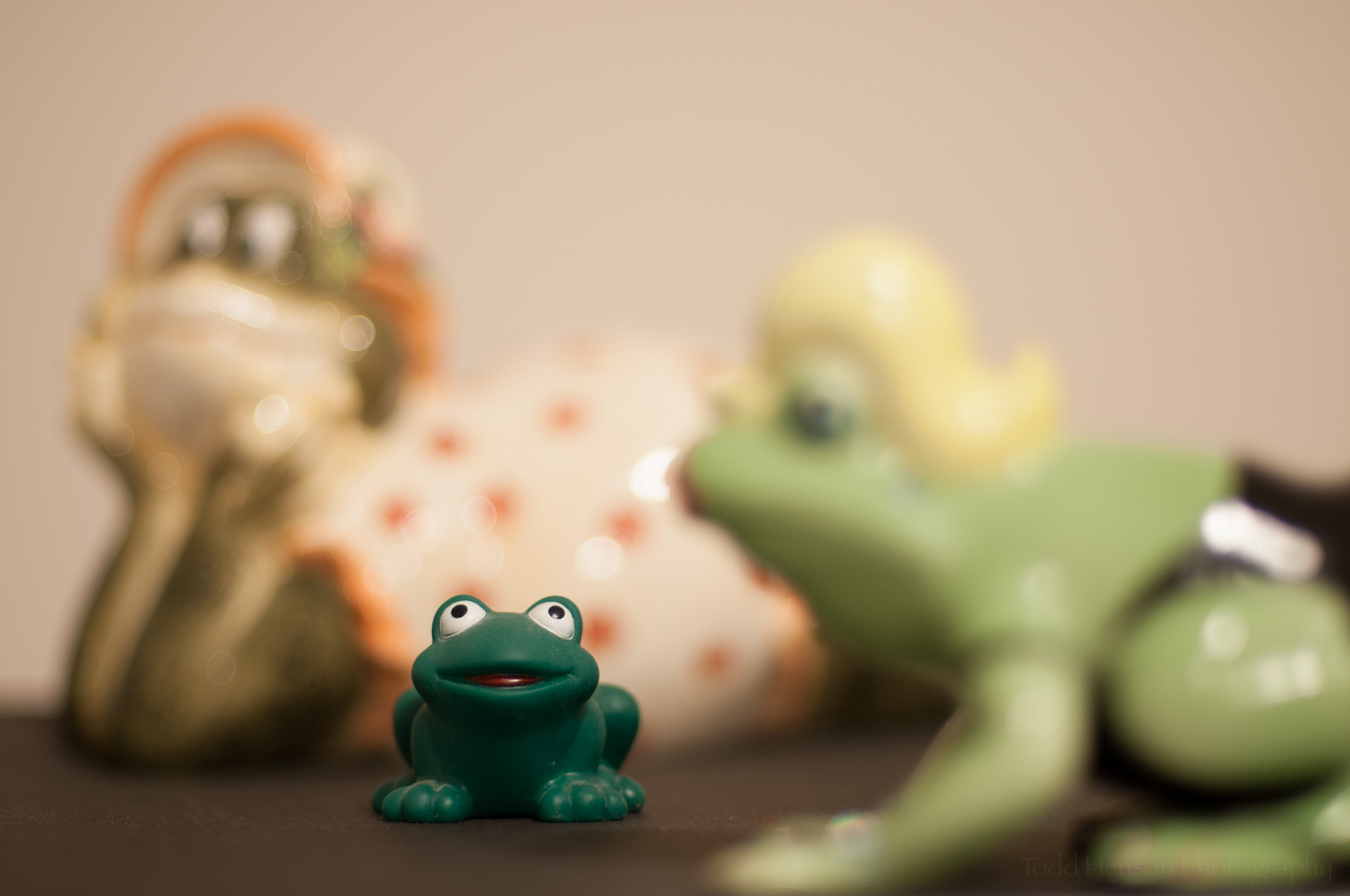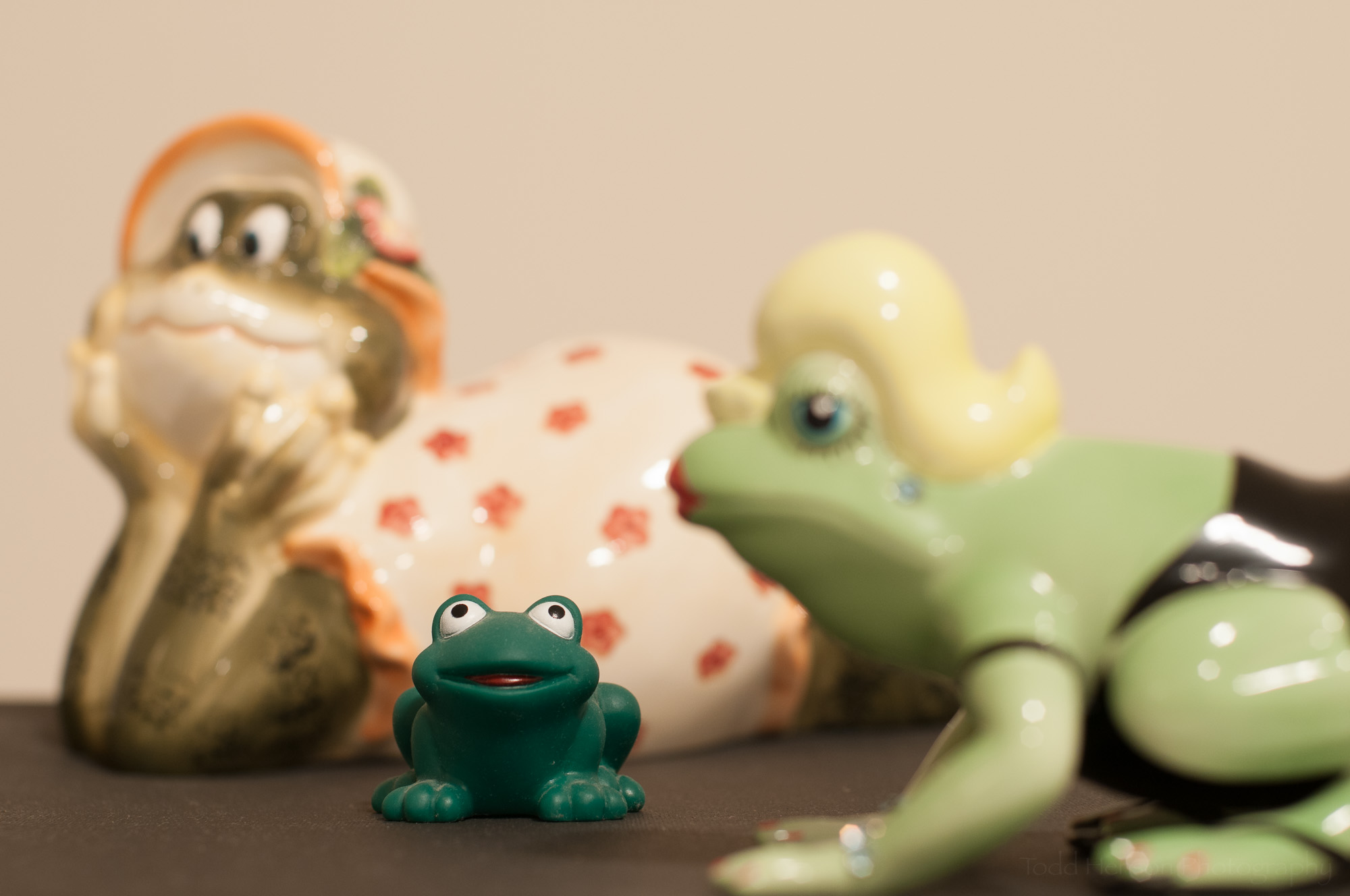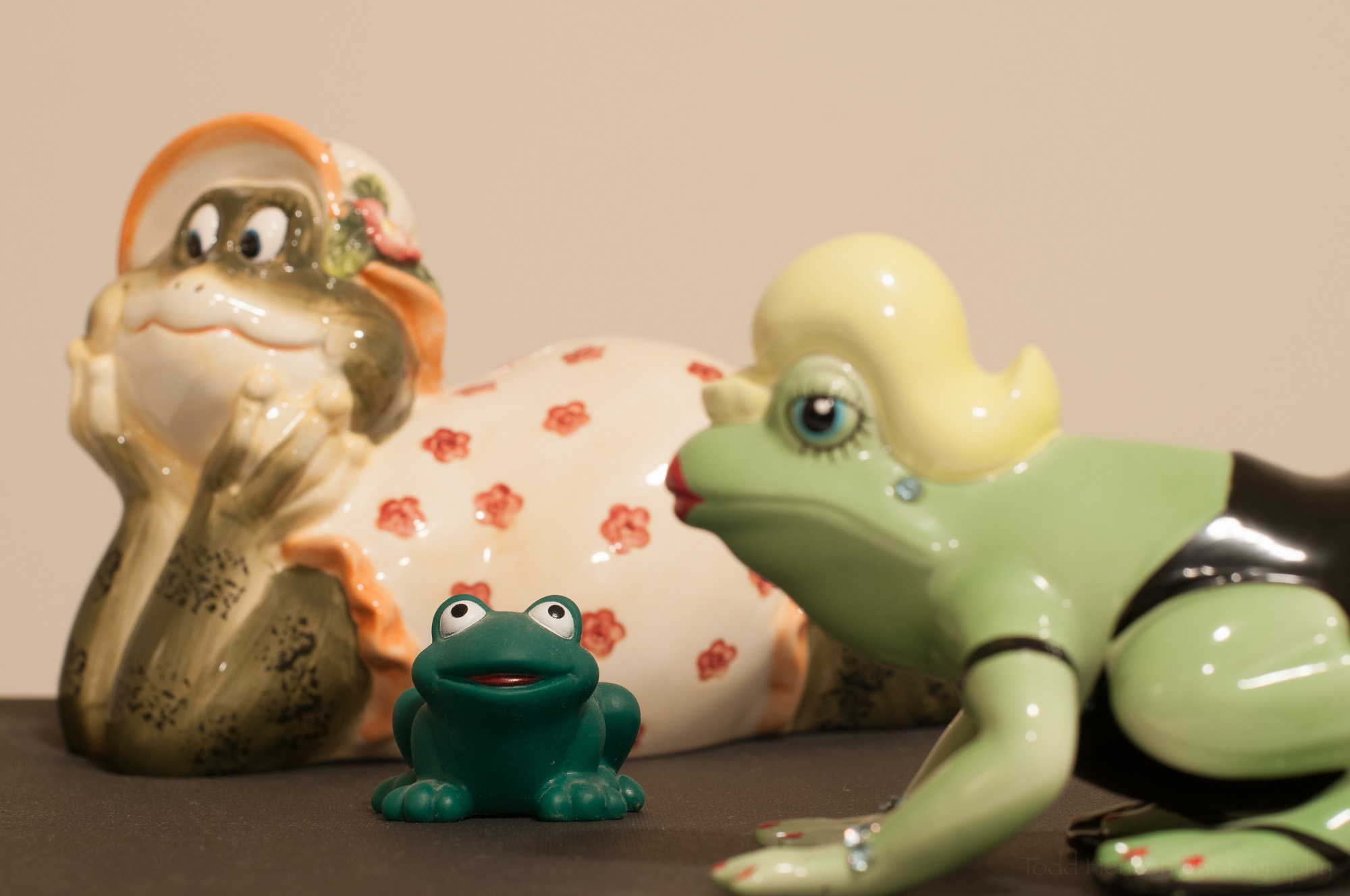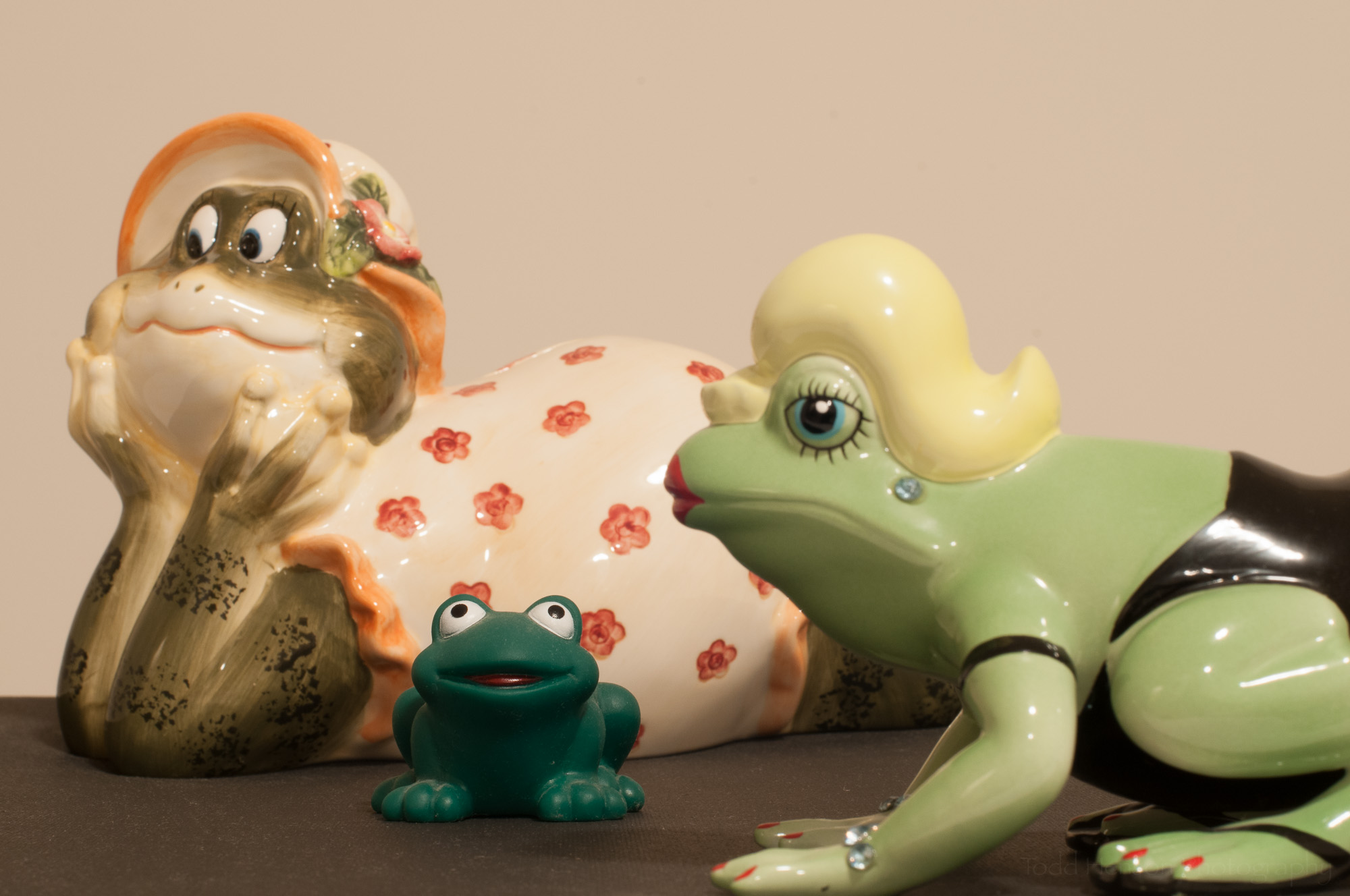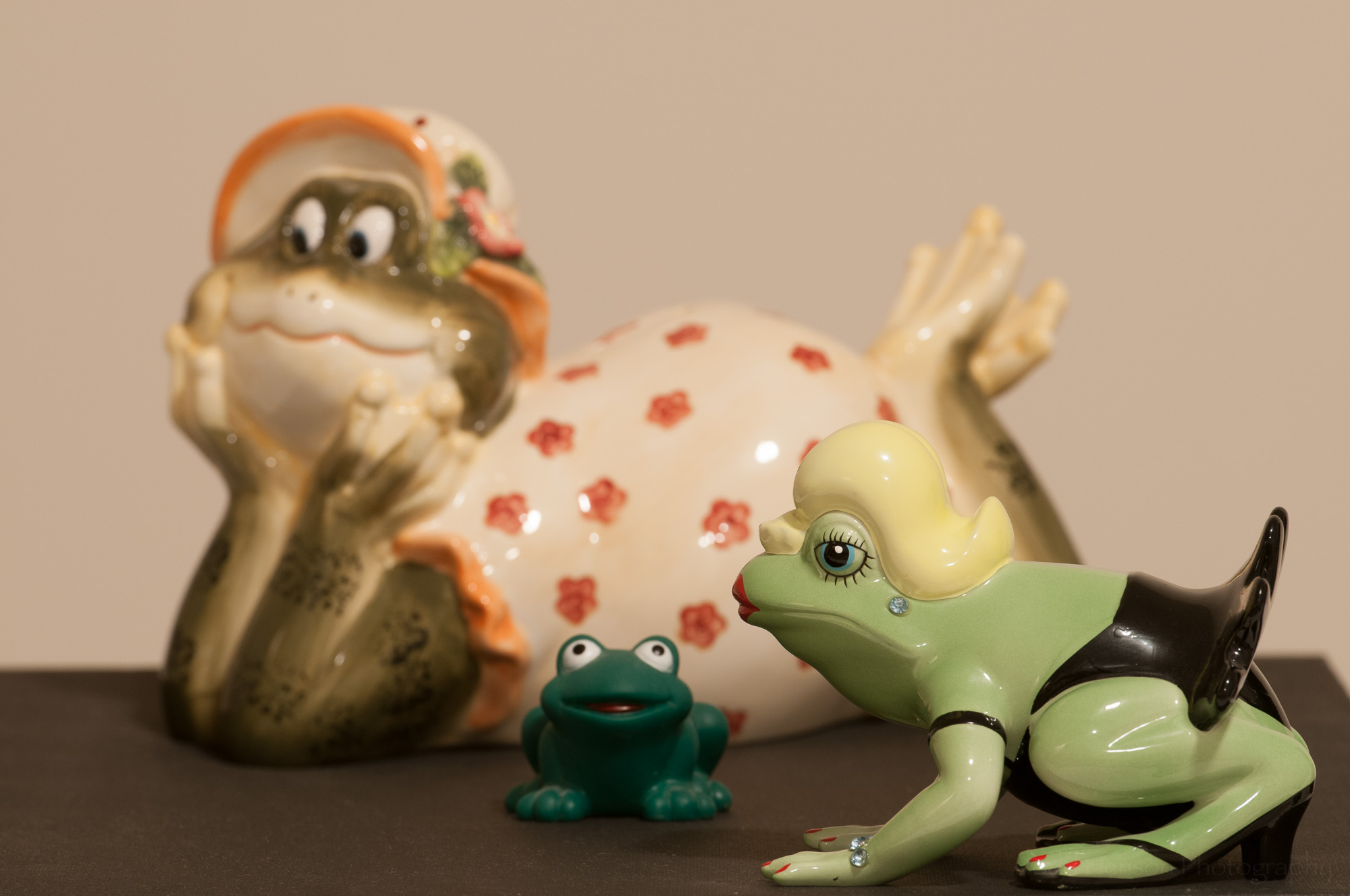Sometimes we’re stuck at home, unable to get out and about as usual. Perhaps this puts a damper on some of our photographic pursuits. But that doesn’t mean we have to completely put aside photography during this time. There are photographic activities we can pursue right in our own house, and below I share 10 ideas to keep you active.
Reading
Read a book, any book.
This could be a great opportunity to catch up on some reading. Pull out some of your photography books and pore over the amazing images. Spend some time on each photograph. What is it you like about this photograph? And why not pick up some non-photography books also? Perhaps you have a book about painting? Or architecture? Or even some great non-fiction and fiction books that could provide inspiration and ideas for your photography? Just start reading.
Education
If you have time at home you may want to consider taking some online classes. You could learn a new skill or improve on an existing one. There are lots of sources of great education out there, such as CreativeLive, KelbyOne, and YouTube. (Note: I’m an affiliate for CreativeLive, but I began as a fan and purchaser of their classes.)
Learn Your Gear
Pull out your camera and manual and start getting to know your gear.
Now may be a good time to pull out that camera manual you never read. Start going through it, learn some of the features you never knew your camera had. Practice with your gear, learn the placement of all the controls so well you can use them in the dark.
Learn About Light
With time on your hands you could setup a small photoshoot to practice with lighting, both natural and artificial using whatever lights and modifiers you have available. Learn how light falls on different subjects. Change the angle of the light, position it closer or further from the subject, control the intensity of the light. Watch the subject throughout the day as the sun changes position. Notice how all this changes the look of the subject and the scene.
Photography Projects
Work on photography projects right in your house, such as this matcha display.
There are plenty of things around the house you could photograph. Think outside the box, find things you may not usually photograph. Try photographing a cup of coffee or tea. Maybe photograph a book shelf or a set of stairs. Bring out a bottle of wine to photograph. Come up with small projects you can work on right here at home. Consider it practice. Have fun experimenting and learning.
Clean Your Gear
When was the last time you cleaned your gear?
When was the last time you cleaned the outside of your gear or the glass of your lenses? Maybe it’s time to clean your sensor. Bring out your blowers, brushes, and lens wipes and get cleaning.
Reorganize Your Gear
Where do you store your gear? Is it clean and organized, or could it use a little tidying up? What about your camera bags? Are they full of too much stuff accumulated over the years? Is there a better way to reorganize their dividers? Let’s get organized.
Post-processing
This is a perfect time to work on your back catalog, processing photos you maybe have been meaning to, but just haven’t gotten to yet. It’s also a great time to organize your catalog, tag and rate your photos, etc.
Learn Your Software
Try something new with your photography software.
There’s always something new to learn with software these days. And I find it’s also good to practice things I’ve done before to be sure I remember how. So spend some time with your software. Pick an image, any image, and try to learn a new feature. Experiment. Play. Have fun.
Brainstorm
Maybe you can’t head out now and photograph, but you can brainstorm ideas for when you are able to get out. Take some time and consider ideas for future photographs or projects. Make some plans. Think about things you’d like to photograph. What time of day would work well in that location and with that subject? What season? Maybe research locations you’ve yet to visit.
I hope this list has given you some ideas of ways to stay active and productive even if you can’t leave your house. There’s almost always something we can do to keep learning, to better our craft and better ourselves.
Keep learning. Have fun. And stay positive and healthy!
Do you enjoy these posts?
Sign up to receive periodic emails with updates and thoughts. Don’t worry, I won’t spam you. And please consider purchasing artwork or products from my online store, and using my affiliate links in the sidebar to the right when shopping online.
I appreciate your support!
